Agave salmiana is a striking perennial succulent known for its impressive size and resilience. This plant forms a dense rosette of large, fleshy, gray-green leaves that serve as natural water reservoirs—an adaptation to its dry, native habitats in northern and central Mexico. The leaves are edged with sharp spines, adding both defense and structure to the plant’s form.
During its life cycle, Agave salmiana produces a towering, branched flower stalk adorned with yellow blossoms. These vibrant flowers not only contrast beautifully against the foliage but also attract a variety of pollinators, making it a focal point in any arid landscape.
| Common name | Century Plant Pulque Agave, Maguey Pulquero, Green Maguey |
| Botanical name | Agave salmiana |
| Family | Asparagaceae |
| Species | salmiana |
| Origin | Northern and central Mexico |
| Life cycle | Perennial |
| Plant type | Perennial |
| Hardiness zone | 7, 8, 9, 10 |
| Sunlight | Full Sun |
| Maintenance | Low |
| Drainage | Well-Drained |
| Growth rate | Fast |
| Spacing | 6 – ft. – 12 ft. |
| Flowering period | Summer |
| Flower color | Gold, Yellow |
| Leaf color | Blue |
| Leaf benefit | Long-lasting |
| Garden style | Drought Tolerant Garden |
| Uses | Pool/Hardscape |
I. Appearance and Characteristics
Agave salmiana (also known as maguey pulquero and green maguey) is a species of the family Asparagaceae, native to central and southern Mexico. It is also reportedly naturalized in South Africa, Italy and Spain, specially in the Canary Islands.
This species, also called agave of Salm or Salm-Dick, is dedicated to the German prince and botanist Joseph zu Salm-Reifferscheidt-Dyck (1773-1861).
Agave salmiana presents a spiral-shaped rosette with large flared and erect leaves. These leaves are thick, dark green with a large point at the tip and strong spines on the edges. When a leaf has unfolded, it leaves an imprint on the leaf underneath.
Like most agaves, the species is monocarpic, that is to say it only flowers once and then dies. This flowering occurs after 15 to 25 years producing a vertical floral stem, typically up to 4 m (13 ft) long and bearing greenish-yellow flowers. The largest specimens have been significantly taller. One specimen growing at the Strawberry Canyon Botanical Garden on the campus of U. C. Berkeley, Berkeley, California in 1974 produced an inflorescence with a total height of 52 feet (16 m) of which the scape or peduncle was about 39 ft 4 in (11.99 m) and the panicle per se was 13 feet (4.0 m). Hermann J.H. Jacobsen states that the inflorescence of A. salmiana has reached an overall height of 62 feet (19 m), making the inflorescence of A. salmiana the tallest of any known species of plant.
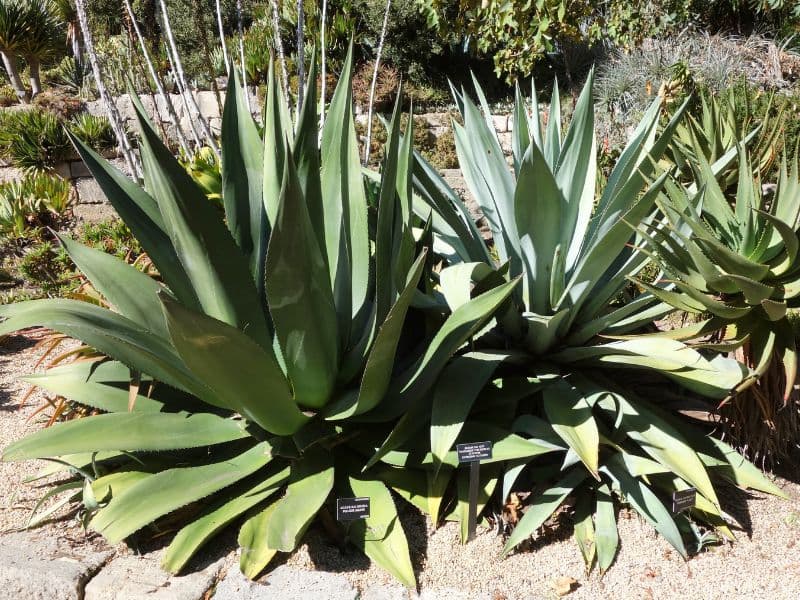
Old plants reach 1.8 m in height and the leaves form a rosette 3.6 m in diameter.
The variety A. salmiana var. Ferox is often encountered in cultivation. The epithet ferox is due to the hard and long (up to 8 cm) spines.
Cultivation is easy in a well-drained sandy soil with sunny exposure. For a pot culture, it requires a container of very large size to remain in a harmonious appearance. It can be used to stabilize a slope. It can withstand a light frost if it is completely dry. It is multiplied more easily by planting shoots than by seedlings.
II. How to Grow and Care
Sunlight
Agave salmiana requires a well-lit and well-ventilated environment. If there is insufficient light in the environment, the plant will grow slowly and poorly in a loose shape. Over a long period of time, the generation of chlorophyll will also be affected, resulting in the leaves losing luster and turning yellow and white. Some variegated varieties need to be properly shaded in summer. Otherwise, strong sunlight will burn the leaves, leaving spots on them. These burnt spots are irreversible and will affect the plant’s visual appeal.
In winter, sunlight intensity is relatively weaker, even outdoors. This means you must pay special attention to these changes in the plant’s environment. The plant should be placed where there is enough sunlight even in winter. Providing such good conditions will benefit agave salmiana in its ability to overwinter safely.
Temperature
Agave salmiana is native to the arid and semi-arid tropical regions of the Western Hemisphere. It likes a warm and dry environment and has an adaptable growth temperature of 15 to 25 ℃. At night, it grows best at a temperature of 10 to 16 ℃. A cold and dry winter is beneficial to its reproduction, however, the temperature in winter should be kept above 5 ℃.
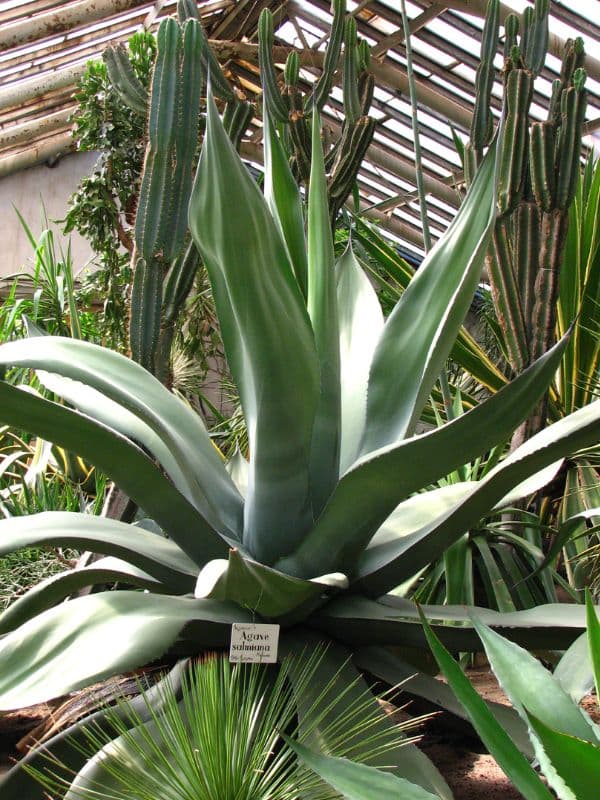
Agave salmiana is naturally very strong and does not require much water. During the growth period in summer, however, plenty of water and ventilation should be provided. Gradually reduce the amount of water provided after fall begins and reduce watering even further during dormancy in winter.
Watering
Agave salmiana is a succulent plant that thrives in arid regions, exhibiting an impressive tolerance to drought. It maintains a relative balance of water content, efficiently storing water within its fleshy leaves. Watering agave salmiana once every three weeks will suffice for its survival. Typically grown outdoors due to its size and hardiness, it’s crucial to remember that agave salmiana, like most desert dwellers, prefers well-draining soil to prevent water-logging and root rot.
Soil
Agave salmiana should be planted in soil that is loose, fertile, has good drainage, and is mixed with mold and coarse sand. This fulfills the plant’s requirements for looseness, permeability of water and air, supply of nutrients, etc. The matrix and ratio for reference are 2/5 Leaf mold + 3/10 pine needle soil + 1/5 coarse sand + 1/10 bone meal.
The soil proportions can also be adapted to the environment where the plant is planted. If the environment is rainy and humid, the proportion of coarse sand can be increased to endure good drainage and avoid root rot caused by the accumulation of water at the roots. If the environment is dry with little rain, the proportion of leaf mold can be increased to maintain moisture in the soil so that the roots will not wither due to dryness.
Fertilizing
It’s best to fertilize agave salmiana during the growing season, which generally lasts from spring to summer. The fertilization frequency is once a month. Under normal circumstances, the best ratio of nitrogen fertilizer, phosphate fertilizer, and potassium fertilizer is 3:3:2. Liquid fertilizer or compound fertilizer can be used with a low concentration level; high levels are detrimental to the growth of agave salmiana. Fertilization is generally not necessary at the end of fall and in early winter. With the drop in temperature, the plant will gradually slow its growth and may enter dormancy, with no need for fertilizer.
Planting Instructions
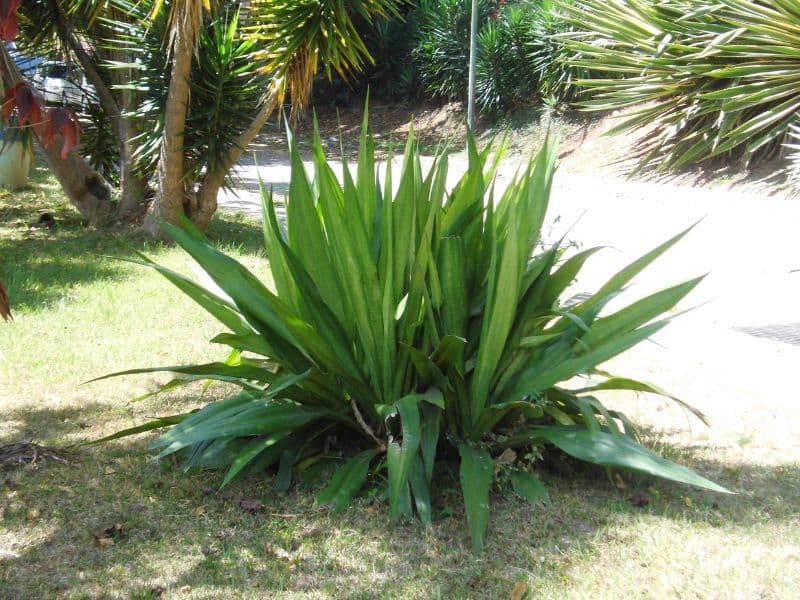
Agave salmiana has a high germination rate through sowing, which is usually carried out in spring. The optimum temperature for seed germination is no less than 15 ℃ at night and around 30 ℃ during the day. If the temperature falls below 10 ℃ at night and 20 ℃ during the day, the rate of seed germination will be greatly reduced. After sowing, you must cover the surface of the pot with plastic wrap to preserve the warmth and moisture within.
After 7 – 10 days, seedlings will emerge., Agave salmiana grows slowly, so there is no need for frequent repotting. Large particles such as ceramsite with a diameter of about 1 cm can be laid at the bottom of the pot to prevent water accumulation and root rot. Plant in pots with good permeability, such as earthenware. The size of the pot should be 2-3 times the size of the plant to ensure that there is enough space and soil fertility for agave salmiana to grow.
Pruning
As new leaves grow, the lower leaves will gradually yellow and finally dry. Removing the old leaves promptly will keep agave salmiana looking good. Leaves that are infected with pests and diseases should be trimmed to prevent infecting healthy leaves.
Propagation
The most common propagation method for agave salmiana is division, which is usually carried out during growing seasons or when repotting. Carefully remove shoots that have sprouted from the leaves of the plant. If a removed shoot has roots and no wound at its base, it can be planted directly into a pot. If a removed shoot has no roots or has a wound, it will need to be placed in a cool and well-ventilated environment for about 5 days for the wound to fully dry and heal. After that, plant it in soil with good drainage and ventilation. It will generally take root in 10 days and survive.
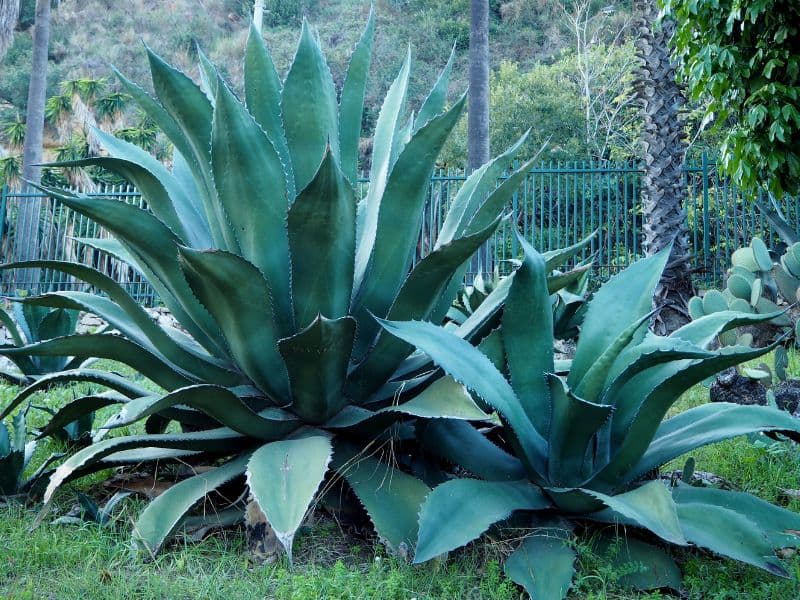
It takes a long time for agave salmiana to grow from a seedling to a flowering plant. Generally, when flowering, agave salmiana will grow one or many long flower spikes. When the flowers are about to die, a cluster of seedlings will very often grow at the top of the spike. These can be harvested and replanted.
Agave salmiana can also be propagated by sowing, but it’s uncommon because it requires a long time to grow from a seedling to an adult plant. Additionally, cross-pollination is required to breed seeds. Seeds can be collected and sowed in spring and will take about 10 days to germinate. As long as the temperature is suitable, the germination rate of agave salmiana is high and seedlings are easy to manage.
Pests and Diseases
The agave snout weevil (also called the Sisal weevil) likes to feast on the agave salmiana species.
Get rid of these large beetles is by using a specialized pesticide during fall or spring.
If not treated in time, the snout weevil may lay eggs in the leaf rosettes.
The cultivar Otto ex salm-dyck is also susceptible to phytophthora – a plant-damaging fungus, attacking the agaves with poorly-drained soil.
III. Uses and Benefits
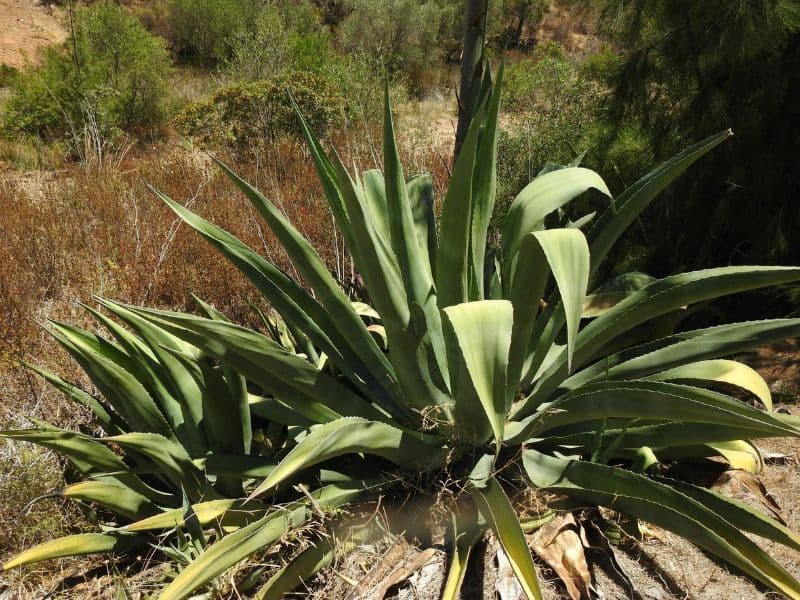
The sap often extracted from the inflorescence bud is used in the fermentation of an alcoholic drink – pulque.
The flowering stems are sweet and juicy and therefore eaten like sugar cane.
The leaves of the young architectural succulent are employed for the making of clothes and laces.
The roots consist of saponins and are a good alternative to soap.
Find Where to Buy the Best Green Maguey (Agave salmiana)

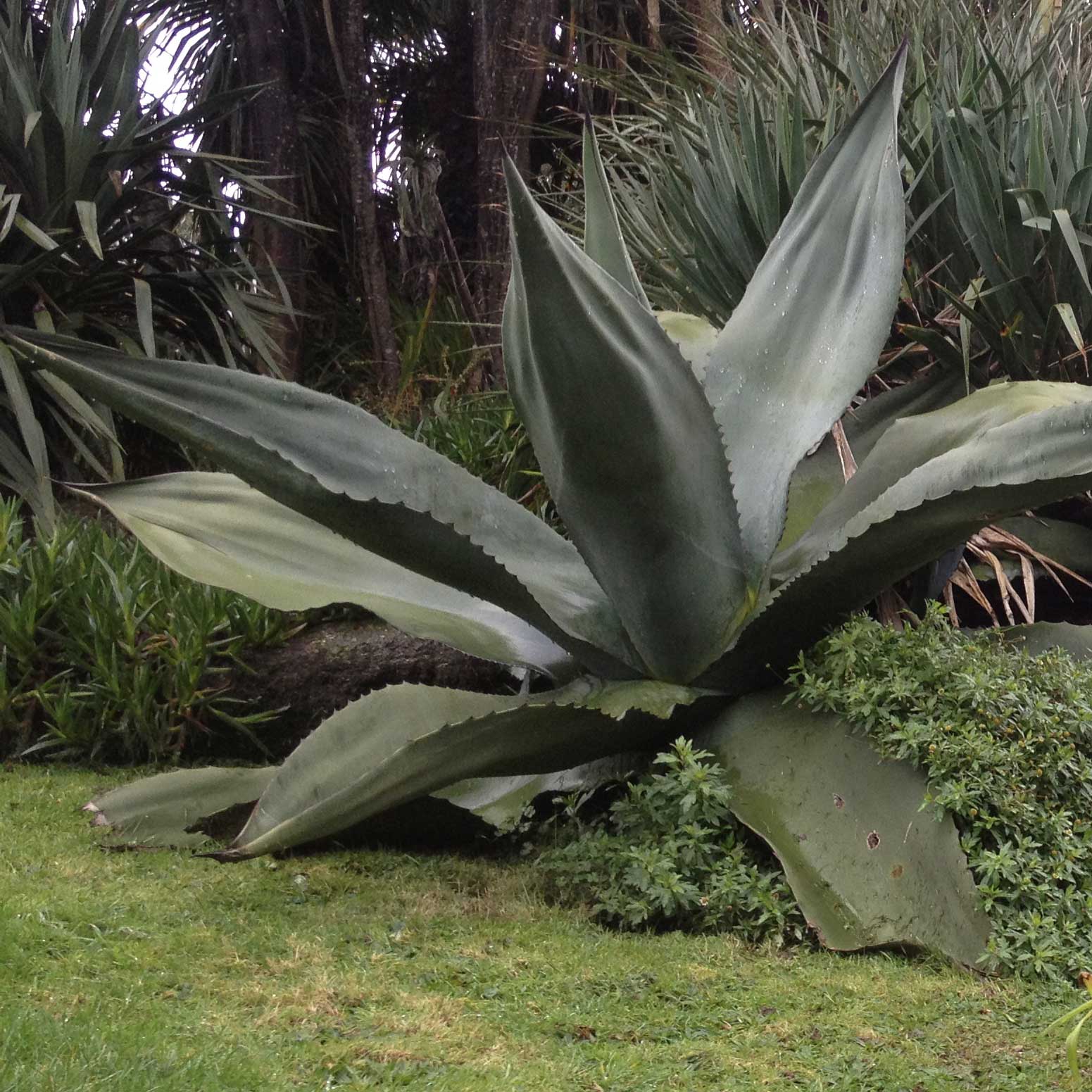



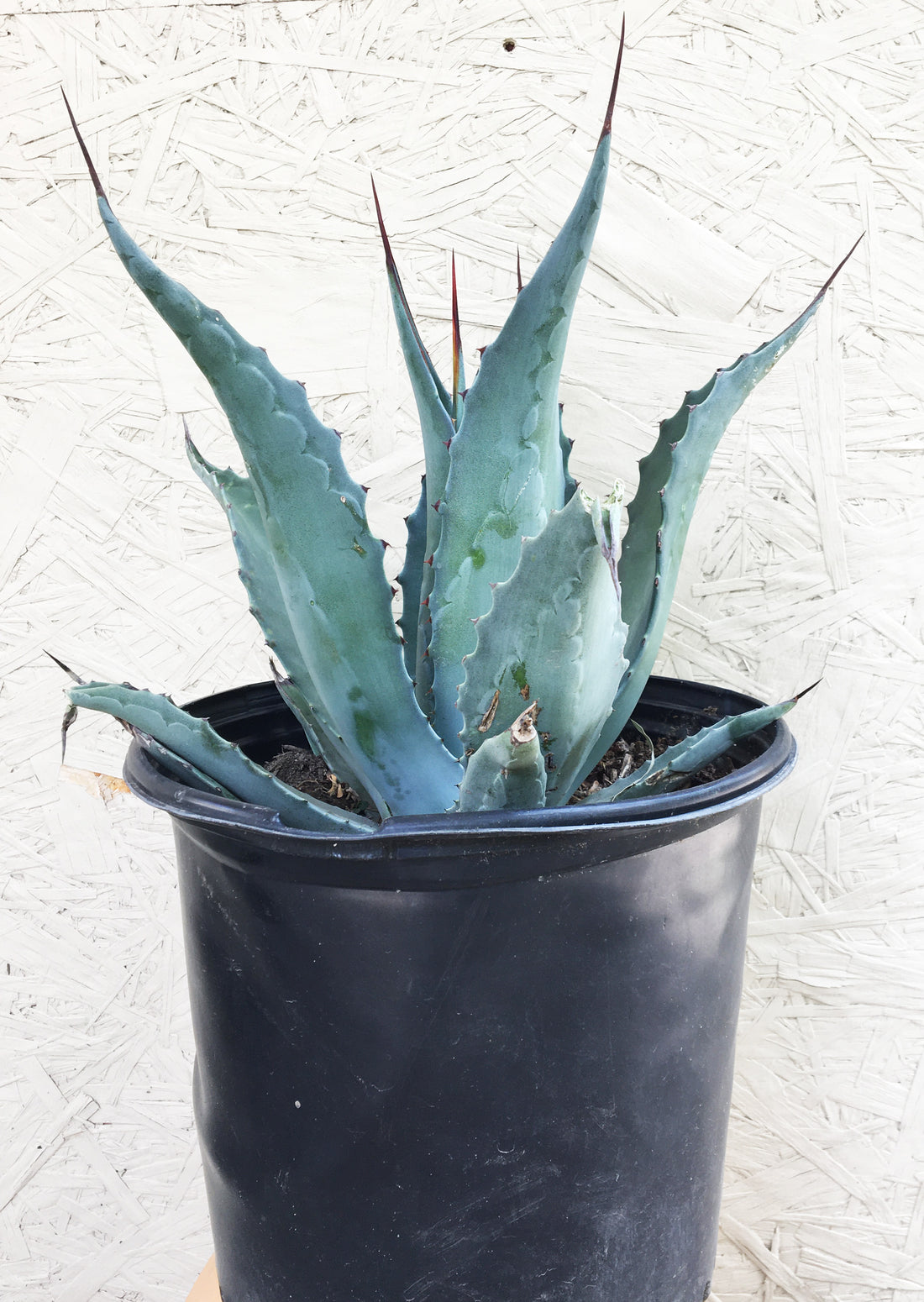

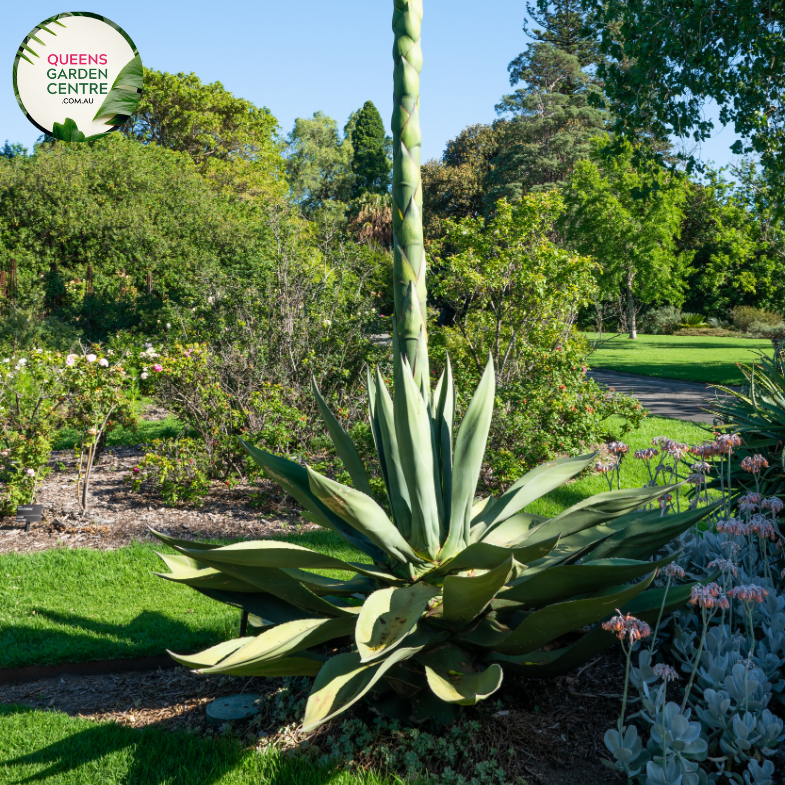
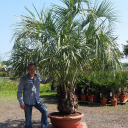

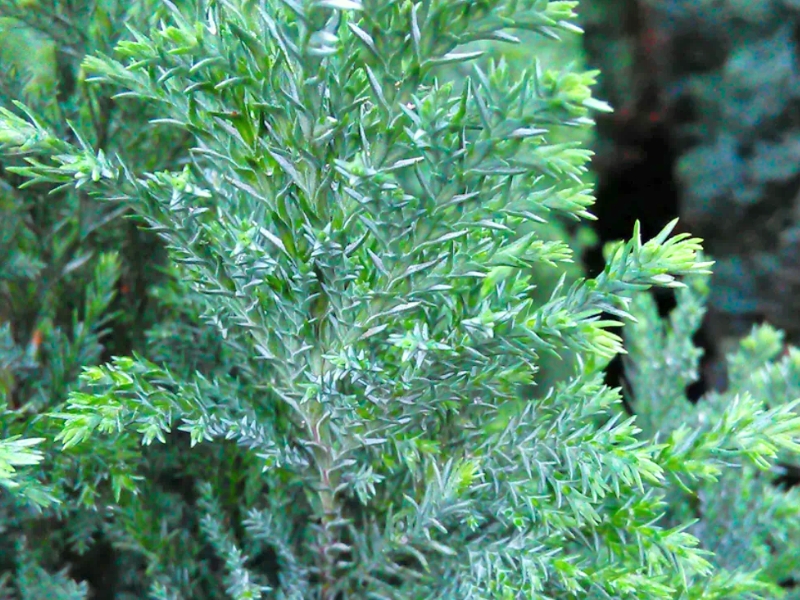
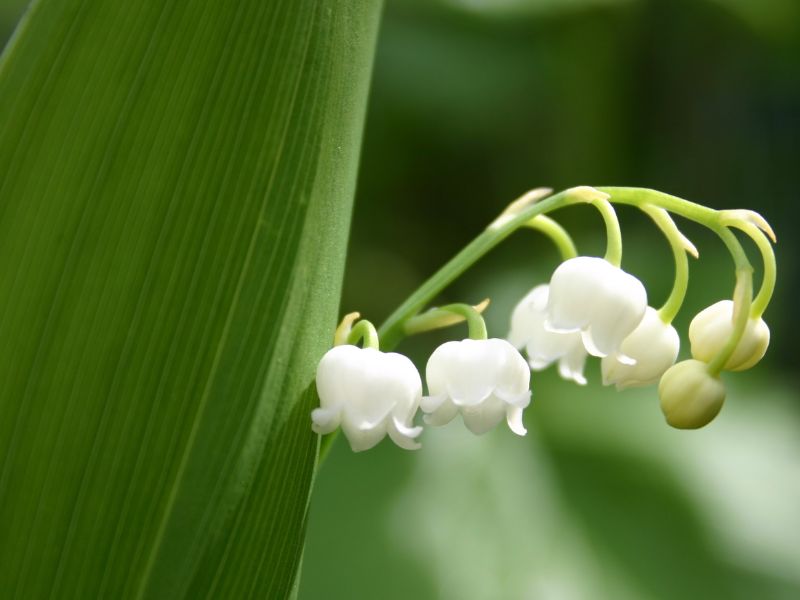
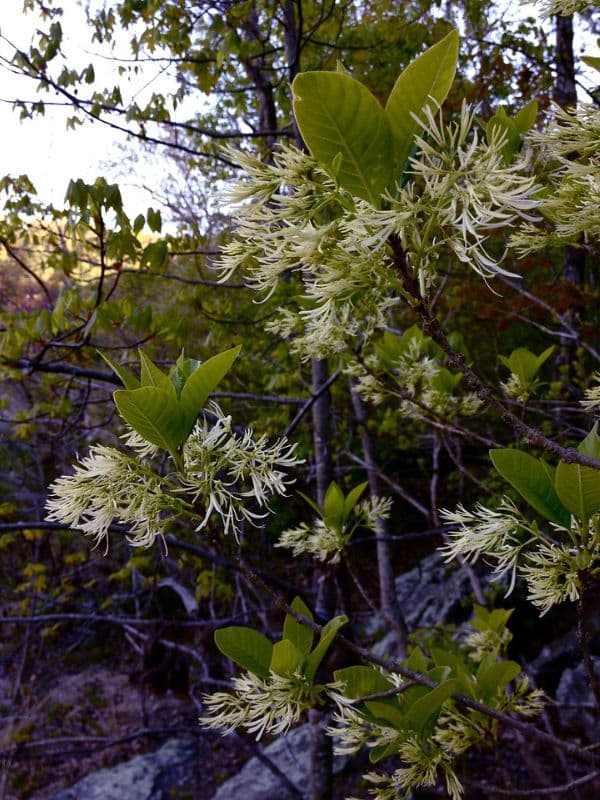
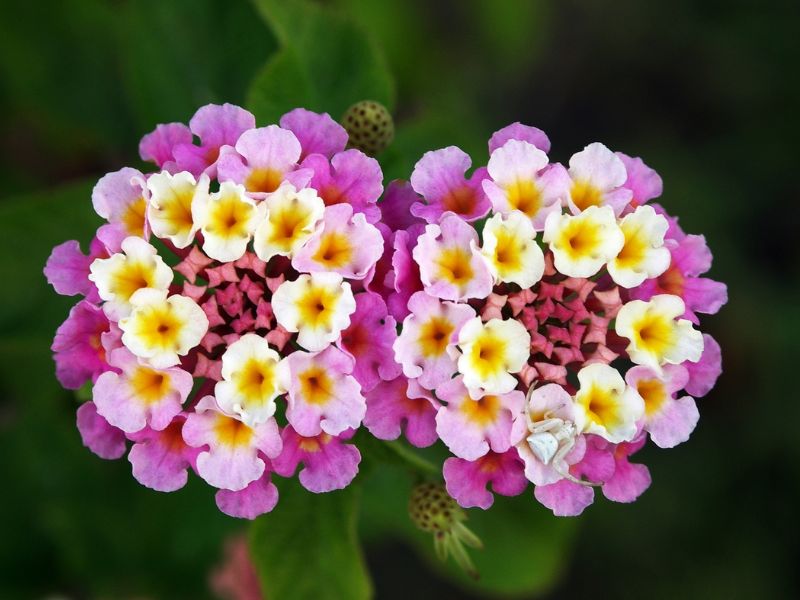
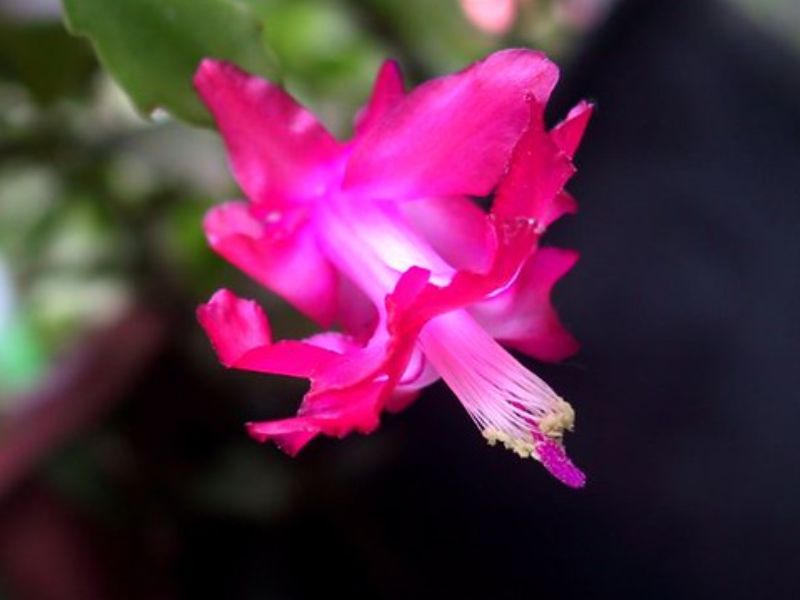
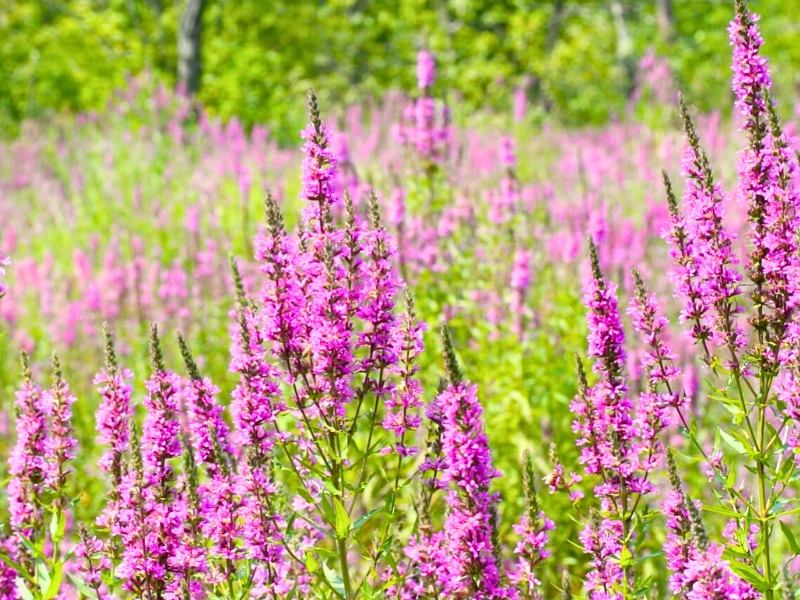
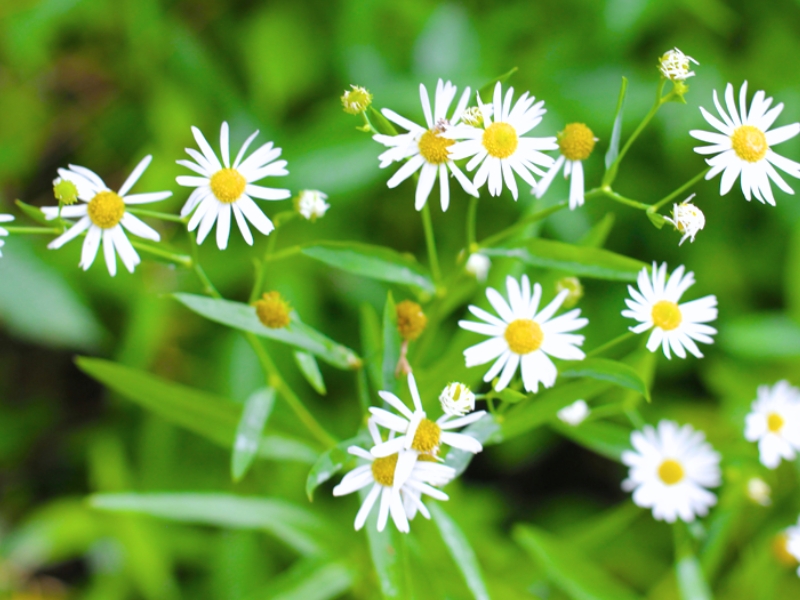
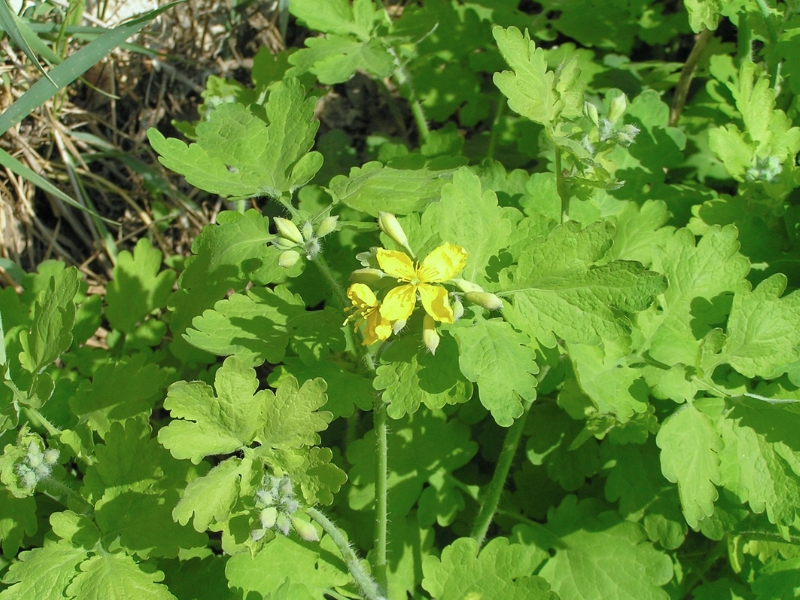
Leave a Reply